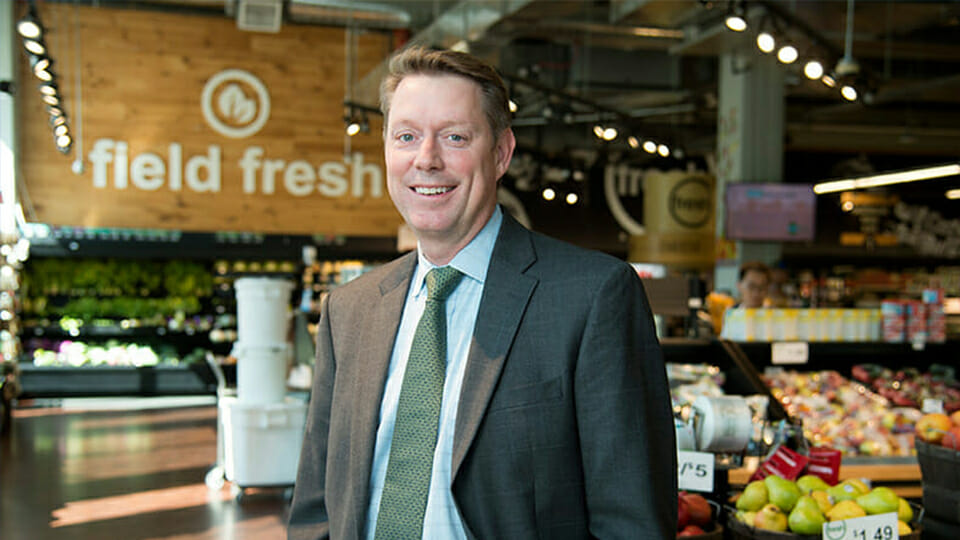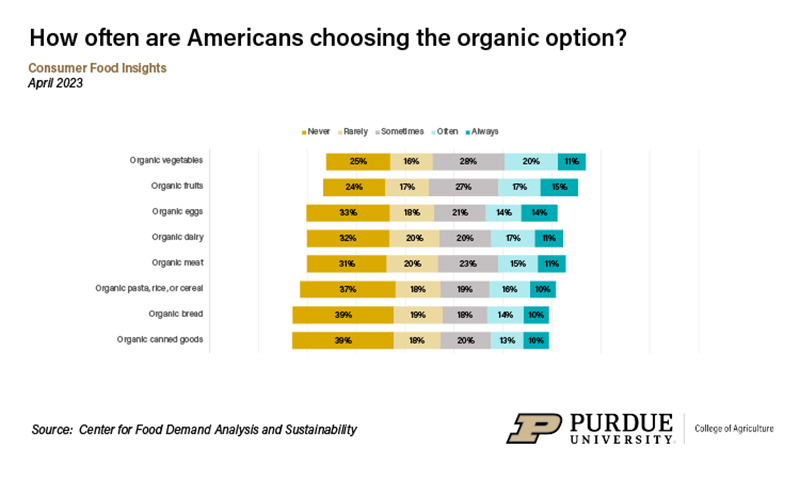Survey: Food insecurity steady; consumers spending more
Subscriber Benefit
As a subscriber you can listen to articles at work, in the car, or while you work out. Subscribe Now
A monthly survey from the Center for Food Demand Analysis and Sustainability at Purdue University shows the level of food insecurity in the U.S. is keeping steady around 14%. The April Consumer Food Insights report also said total food spending is up 7% from this time last year, which is a reflection of higher food prices.
“Indeed, our consumers say they’re paying higher prices than they were last year, but that rate of increase has been falling over the last several months,” said Jayson Lusk, professor of agricultural economics at Purdue. “So even though consumers say they’re paying more, they’re not paying quite as much as as they were in previous months.”
Lusk told the Associated Press the survey responses were divided in terms of households that were either food secure or food insecure and found some interesting differences.
“For example, we see that food insecure households are much more likely to be concerned about affordability and price when they buy food than are food secure households,” Lusk said. “In addition, food insecure households are less happy with their overall diet and less happy with their overall life in general than are food secure households. Although we’ll say they’re also pretty happy overall, but still lower at a lower rate than our food secure households.”
Lusk adds food insecure households have lower trust in federal food regulatory agencies like the USDA and FDA.
“So we see food insecurity affects not just whether you have enough money to afford the kind of food you want to eat, but it also affects a whole set of beliefs and experiences around the food system.”
The survey also examined consumer purchases of organic food, specifically looking at which categories consumers were most likely to buy. Lusk said people were most likely to say they bought organic fruits and vegetables.
“But even for these categories, only about 30% of consumers said they always or frequently bought organic fruits and vegetables,” Lusk said. “The categories where consumers were least likely to buy organic were in categories like pasta, canned food products and there, 60% of consumers said they either never or very rarely bought organic items.”

The April survey also did a deep dive into dollar stores, and 55% of consumers said they had shopped at a dollar store in the past 30 days. The most commonly purchased items were candy, snacks and beverages, but Luks said about 25% of people who said they shopped a dollar store didn’t buy food at all.
“One of the reasons we’re interested in dollar stores is it does seem to be an area where people are buying more food and groceries over time. In fact, most people said that there was a dollar store closer to their home than was the typical grocery store that they shopped at.”
You can connect to the full survey results by clicking here.
